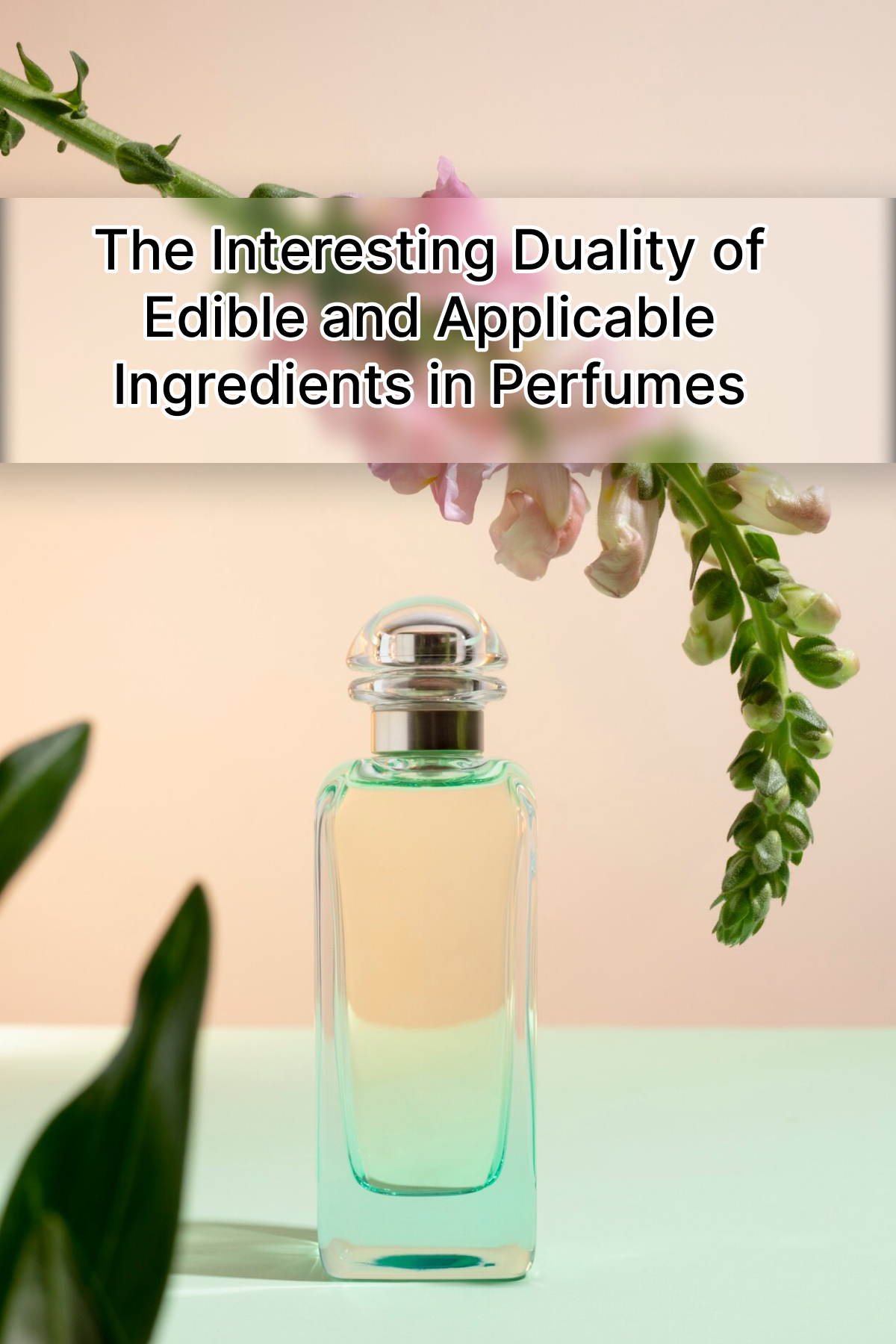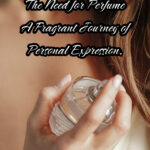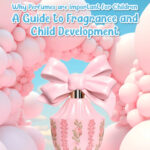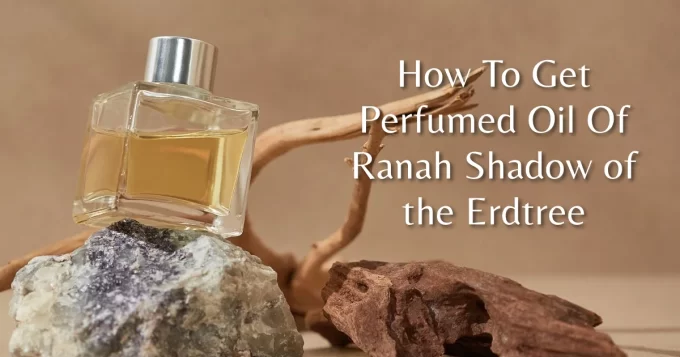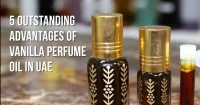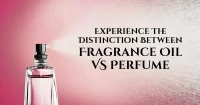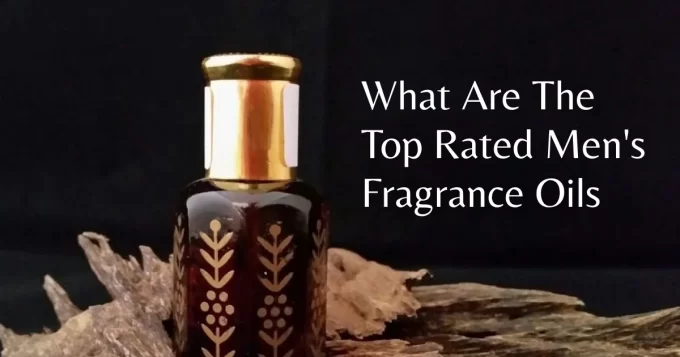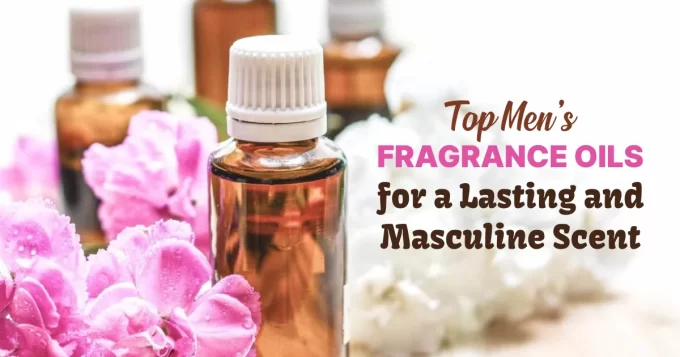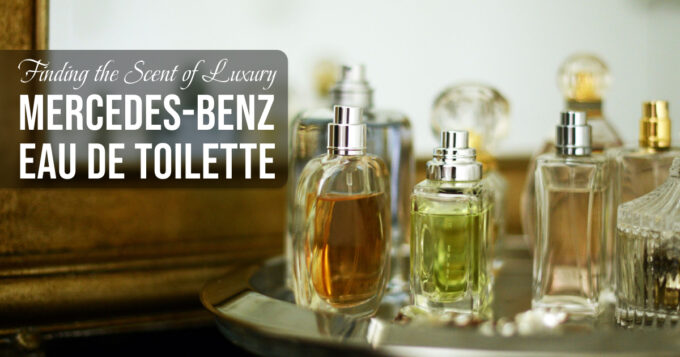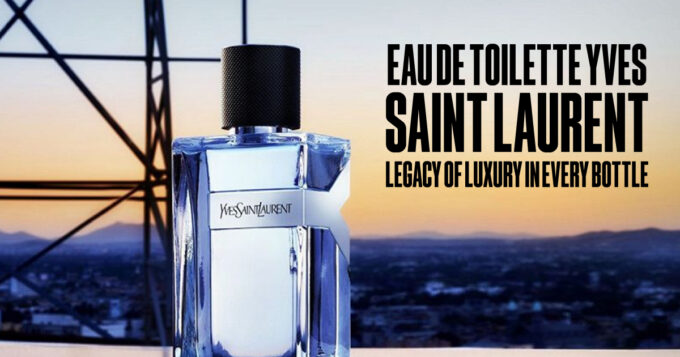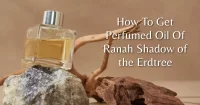Perfume has always been more than simply a fragrance; it’s a fusion of art and science, a concoction of carefully selected chemicals that appeal to our senses in ways we often don’t completely comprehend.
Some of these components stand out since they are not only pleasant to the sense of smell, but also safe to consume. Consider wearing a scent that you can taste. This isn’t simply a funny concept; it’s a growing trend in the world of boutique perfumes. In this blog article, we’ll delve into the fascinating realm of edible and usable perfume ingredients, discovering the allure of these dual-purpose elements as well as their cultural, historical, and practical value.
The Origin of Edible Perfume Ingredients
The relationship between perfume and food is ancient. In many cultures, the distinction between what is worn and what is eaten has always been hazy. Rosewater and orange blossom water, for example, are utilized in Middle Eastern cuisine as well as as fragrant skin treatments. These elements have not only stood the test of time, but also helped to bridge the gap between two sensory worlds.
“The idea of edible perfumes has gained steam in recent years, mainly due to the growing demand for natural and organic products. Consumers are becoming more concerned with the contents in their perfumes, which has resulted in a renewed interest in natural, food-grade components. Chypre Sublime women’s fragrance is one such example of this shift, as it blends natural ingredients with a timeless elegance that appeals to those seeking both luxury and sustainability in their perfume choices.”
Key Edible Perfume Ingredients
Here’s an overview of some typical food substances used in perfumes, along with their culinary and cosmetic applications:
Vanilla:
Fragrance Profile: Sweet, warm, and soothing.
Vanilla is used in a variety of sweets, including ice cream, cakes, custards, and pastries. The bean or extract is used to provide a rich, aromatic flavor.
Cosmetic Application: Vanilla is a popular base note in perfumery. It is used to enhance the warmth and depth of scents. Furthermore, it has calming effects, making it a popular ingredient in lotions and creams.
Citrus fruits (lemon, orange, and bergamot):
The fragrance profile is fresh, zesty, and stimulating.
Citrus fruits are widely utilized in cuisine, baking, and beverages. Their zest flavors foods, while their juice is utilized in marinades, sauces, and sweets.
Citrus oils are widely utilized in perfumes because of their fresh, invigorating scent. They are also used in skincare products because of their astringent and brightening effects.
Rose:
The fragrance profile is floral, romantic, and timeless.
Rose petals and rosewater are used in Middle Eastern and South Asian cuisines to flavor desserts, drinks, and even savory foods. Rosewater is an essential ingredient in desserts such as baklava and gulab jamun.
Rose is a well-known perfume ingredient because of its opulent and feminine fragrance. It is also utilized in skincare products due to its moisturizing and calming effects.
Lavender:
The fragrance profile is herbal, flowery, and relaxing.
Lavender is used in culinary items to provide a distinct floral flavor, especially in desserts such as lavender-infused cookies and ice cream. It is also used to make tea and lemonade.
Lavender essential oil is popular in perfumes due to its relaxing aroma. It is also commonly used in aromatherapy, cosmetics, and bath products due to its calming and therapeutic characteristics.
Cardamom:
The fragrance profile is spicy, warm, and slightly sweet.
Cardamom is a versatile spice that can be used in both sweet and savory recipes, especially in Indian, Middle Eastern, and Scandinavian cuisine. It’s an important ingredient in chai tea and other treats.
Cardamom is used in perfumery for its warm, spicy aroma. It is also thought to have aphrodisiac effects, making it a common ingredient in sensuous scents.
Cinnamon:
The fragrance profile is spicy, warm, and pleasant.
Cinnamon is one of the most popular spices in the world, and it is used in a variety of cuisines, both sweet and savory. It’s crucial for baking, as it adds warmth and taste to pastries, cookies, and beverages.
Cosmetic Use: Cinnamon is utilized in perfumery for its spicy, warming scent, which is commonly seen in oriental and gourmand perfumes. It is also utilized in skincare due to its antibacterial characteristics.
Mint:
Fragrance Description: Fresh, cold, and revitalizing.
Mint is widely used in cooking and beverages, bringing freshness to dishes, salads, and drinks such as mojitos and mint tea.
Mint is utilized in perfumes because of its refreshing, cooling aroma. It is also widely used in skincare due to its calming and cooling effects.
The Science of Edible Perfumes
Developing a scent that is both edible and useful necessitates a thorough understanding of chemistry and safety. Not all natural components are safe to consume or apply to the skin in concentrated form, so perfumers must carefully choose and balance their ingredients. This frequently entails the use of food-grade essential oils and absolutes, which are distilled in a manner that preserves their purity and safety for ingestion.
Furthermore, edible perfumes frequently use a simpler, cleaner composition that avoids synthetic chemicals and instead relies on natural extracts that are recognized to be safe for both culinary and cosmetic usage. These compositions often highlight five fragrance ingredients known for their aromatic properties and palatability, enhancing both the scent and taste experience.
The Experience with Edible Perfumes
Wearing edible perfume provides a unique sensory experience. These perfumes often have a delicate, natural scent that, while not as long-lasting as traditional perfumes, provides a subtle, personal fragrance. The goal is to enhance—rather than overpower—your natural smell and culinary creations.
Imagine putting a bit of your favorite vanilla perfume on your wrists before indulging in a vanilla-infused dessert, the aroma and flavor blending together in a flawless sensory dance. Wearing a rose-scented perfume while sipping a rosewater lemonade creates a harmonic experience, with the floral tones from the drink complementing the fragrance.
Cultural Significance and Ritual
In some cultures, the use of edible substances in perfume is associated with ceremonies and traditions. For example, in Ayurveda, certain herbs and spices used in perfumes are thought to balance the body’s doshas, bringing both olfactory pleasure and therapeutic advantages.
Similarly, in Middle Eastern traditions, using ingredients such as rose and oud in perfumes and food is viewed as a means to connect with history and legacy.
The Future Of Edible Perfumes
As people seek more natural and ecological products, the popularity of edible perfumes is expected to expand. Perfumers are progressively experimenting with novel ingredients, combining old and modern procedures to create products that are safe, pleasurable, and environmentally responsible.
Furthermore, the trend toward simplicity in beauty and wellness—in which customers seek multi-purpose products—is well aligned with the concept of edible perfumes. These products take a holistic approach to fragrance, allowing what you wear on your skin to be part of what you consume, resulting in a more integrated, mindful lifestyle.
Conclusion
Edible perfumes are more than simply a novelty; they offer an intriguing blend of aroma, flavor, and tradition. These dual-purpose components not only enrich our sensory experiences, but also connect us to centuries-old cultural activities.
As the distinction between what we eat and what we wear blurs, edible perfumes provide a look into a future in which our approach to beauty and wellbeing is more natural, purposeful, and harmonious.
Whether you prefer the comfortable warmth of vanilla, the invigorating zest of citrus, or the romantic appeal of rose, there is an edible perfume ingredient out there that will satisfy your senses in more ways than one. So, why not indulge in a fragrance that you can enjoy both in scent and taste? The world of edible perfumes is full of possibilities, enabling you to discover and experience the art of scent in a completely new way.


